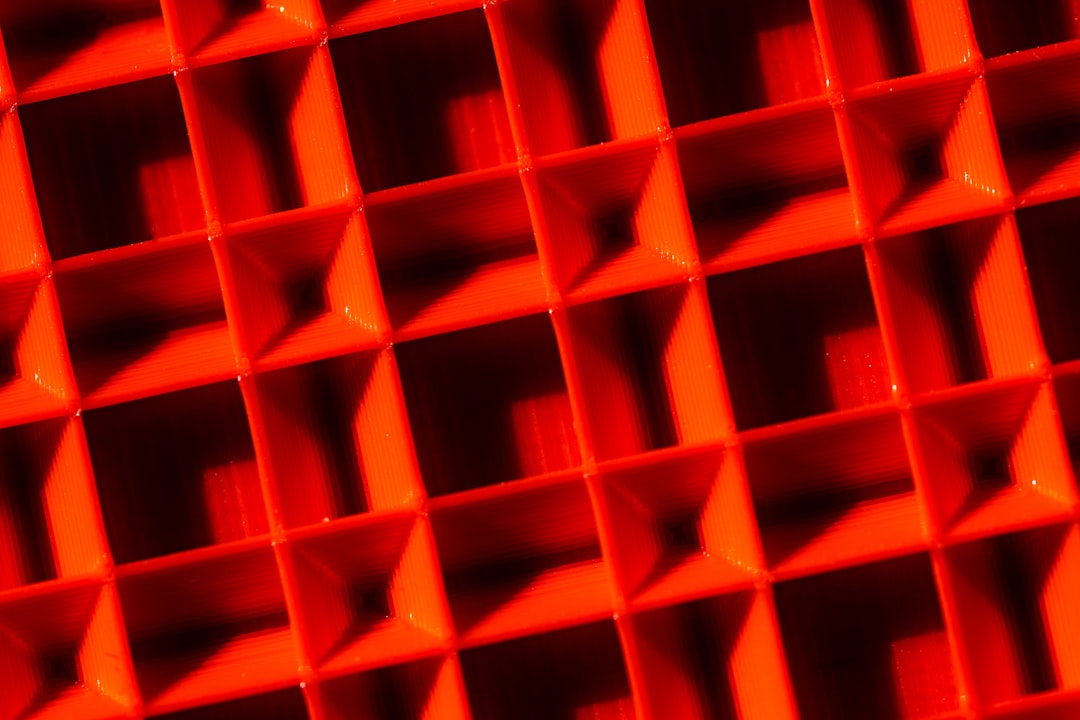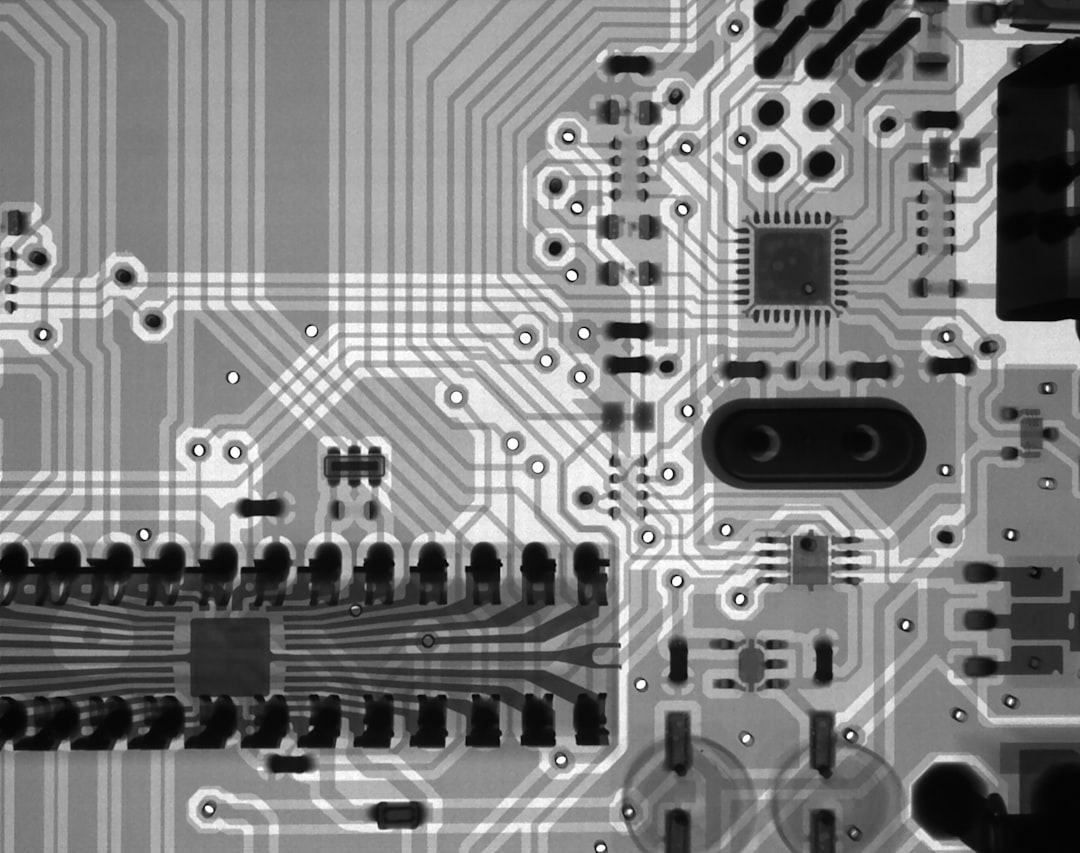What is it about?
Mixtures of cells and/or DNA from multiple individuals are a ubiquitous problem for forensic laboratories. Here we have shown that autofluorescence profiles of sloughed epidermal cells can differ between people and that these signatures may be used to physically separate individual cell populations prior to DNA profiling.
Featured Image
Why is it important?
DNA mixtures can decrease the probative value of evidence and, occasionally, lead to its total loss. There is a critical need for methods that are able to identify and separate cells from multiple individuals in an evidence sample. Previous methods using antibody-based probes have been largely unsuccessful on forensic samples. The technique described here bypasses the need for probes and instead uses the intrinsic fluorescence of cells. The high throughput, non-destructive nature of flow cytometry makes this approach potentially more amenable for forensic caseworking units.
Read the Original
This page is a summary of: Analysis of cellular autofluorescence in touch samples by flow cytometry: implications for front end separation of trace mixture evidence, Analytical and Bioanalytical Chemistry, May 2017, Springer Science + Business Media,
DOI: 10.1007/s00216-017-0364-0.
You can read the full text:
Resources
Contributors
The following have contributed to this page










